
by Victoria Silverwolf
Breaking The Law On Stage
An incident in the United Kingdom earlier this month caught my attention and made me think about the limitations on artistic expression. The play Saved by Edward Bond had its premiere on November 3rd at the Royal Court Theatre in London. What does this have to do with violations of the law? Well, that requires a bit of explanation, particularly for those of us on this side of the Atlantic.
You see, ever since 1843, all plays produced for the public in England have to be licensed by the Lord Chamberlain. (Please don't ask me to explain what a Lord Chamberlain might be. That's far beyond my feeble American mind.)
The current Lord Chamberlain refused to grant a license to Saved unless it were severely censored. The folks at the Royal Court Theatre put it on anyway, trying to get around the letter of the law by calling it a private performance. From what I hear, they're going to get in trouble with the authorities anyway.

A scene from the play, in which a baby is stoned to death. You can see why this might be considered controversial.
Justice Between The Pages
Fittingly, many of the stories, and even a nonfiction article, in the latest issue of Worlds of Tomorrow deal with criminals and crimefighters, in literal or in metaphorical ways.

Cover art by Mclane. Once again, the only thing I can find out about this artist is a last name.
Project Plowshare (Part Two of Two), by Philip K. Dick

Illustrations by Gray Morrow.
It takes a while for the crime aspect of this novel to show up. Meanwhile, let's recap a bit.
In the future, the Cold War has evolved into a purely symbolic struggle. Each side has a psychic who uses drugs to perceive visions of designs for weapons. The trick is that these things are really used to manufacture odd consumer items. The ruling government, capitalist or communist, fools the public into thinking it's winning the arms race. When threatening alien spacecraft show up, the two powers bring the psychics together, hoping that they will be able to come up with a real weapon.

The invaders, who never directly appear in the story.
Things get pretty darn complicated in the second half of the novel. We find out quickly that the weapon designs perceived by the psychics come from a trashy comic book, which doesn't offer much hope for victory against the aliens. They're a serious menace, as we learn when entire cities disappear behind obscuring mists. Meanwhile, romance blooms between the two psychics, leading to a classic example of the Eternal Triangle.

Jealousy rears its green-eyed head.
Add in androids and time travel, and you've got a convoluted plot that leaves the reader dizzy. Oh, and the criminal subplot I hinted at above? That comes in the form of a nasty fellow who, for his own petty reasons, plots to assassinate members of the government who rejected him. He even kills folks who were foolish enough to join his conspiracy.

A man and his gun.
The author tosses everything but the kitchen sink into this yarn. At times, I thought he was making fun of science fiction, given the large number of mixed-up SF elements. There's definitely a touch of satire here and there, but it's not a comic novel. Some parts, in fact, are tragic. It definitely held my interest throughout, even if the climax seems to be thrown together hastily.
Four stars.
The Sleuth in Science Fiction, by Sam Moskowitz
The indefatigable historian of fantastic fiction traces the development of detective stories in the field. Starting with a nod to Edgar Allan Poe, he delves into the dusty pages of very early pulp magazines. Much of the stuff he digs up has to do with lie detection technology. This article takes the reader up to about 1930, and a sequel is promised.
Moskowitz certainly has an encyclopedic knowledge of the subject. I can admire his scholarship, but the resulting essay makes for very dry reading.
Two stars.
Sunk Without Trace, by Fritz Leiber
The weird creatures on the cover of the magazine appear in this story. One of them has a dream about an object that landed on their world, while his more practical wife insists that he get back to processing the seaweed that serves as their food. It's clear from the start that the thing is a spacecraft from Earth — the editor's blurb gives it away, too — but the rest of the plot may be a bit more surprising.
There's not much to this work other than the premise and the setting, but those are intriguing enough to make it worth a look. Of course, Leiber is incapable of writing a bad sentence, so the style adds a lot. Overall, it's a decent effort from an author who often does much better.
Three stars.
At Journey's End, by J. T. McIntosh

Illustrations by Dan Adkins.
We jump right into a confrontation between criminals and law enforcement, in a particularly crude form, near the beginning of this story of a starship on its way to a new home for humanity.
After decades of travel, it seems that tensions among the crew have reached the boiling point. A couple of murders result, and the captain acts as judge, jury, and executioner, killing those guilty on the spot. Without giving too much away, let's just say that justice is truly blind here, playing no favorites at all.
After this grim opening, we watch the ship approach the planet. They have a big surprise waiting for them when they arrive. It all leads up to a darkly ironic ending.

Our three protagonists, awaiting their fate.
At first glance, I thought the first part didn't have much to do with the resolution. After musing over it for a while, however, I realize that the author intended the two scenes to provide a sort of thematic contrast. Some of what happens may be predictable. Taken as a whole, this is a serviceable, if undistinguished, story.
Three stars.
Stars, Won't You Hide Me?, by Ben Bova
In this case, the criminal is the human race as a whole, and the punishment comes from aliens determined to wipe out the entire species. When the story begins, in fact, there is only one human being left alive, alone in his automated spaceship, wandering through the cosmos in an attempt to escape judgment.
During his eons-long journey, which leads him across gigantic distances in space, he learns of humanity's crime and discovers what became of Earth. The climax leads to a final scene of almost unimaginable immensity.
The most notable thing about this story is the vastness of the author's vision. I don't think I've read anything that covers such enormous amounts of time, except maybe the works of Olaf Stapledon. In addition to that, there's a great deal of emotional appeal. If you think Bova is just a decent science writer, you may be surprised.
Five stars.
How To Understand Aliens, by Robert M. W. Dixon
Let's get away from criminology for a while and talk about linguistics. The author imagines the difficulty of communicating with the inhabitants of other worlds. As examples, he creates beings who spend most of their time burrowing underground, as well as aliens who fly. The point seems to be that culture has an important effect on language, and it's not just a matter of translating things word-for-word.
Dixon seems to know his stuff, as evidenced by his discussion of human languages unfamiliar to most speakers of English. The fictional aliens make the article more readable than just a dry discussion of the topic.
Three stars.
Buggaratz, by John Jakes
The military has its own system of justice, dealing with such crimes as lack of discipline. That's a problem for the commander of a small outfit on another planet. The only function of the unit is to produce inflatable uniforms as toys. Given this dull and trivial chore, it's not a shock to find out that things have gotten awfully lax around the place.
A visit from an inspecting officer threatens to expose how badly the situation has gotten out of hand. The presence of the habit-forming substance named in the title doesn't help matters.
This is a pretty silly comedy, with maybe a trace of satire directed at military thinking. It's an inoffensive bit of fluff, unlikely to make much of an impression on you.
Two stars.
Riverworld, by Philip Jose Farmer

Illustrations by Jack Gaughan.
As you may recall, one year ago the magazine offered Farmer's novella Day of the Great Shout, wherein everybody who ever lived on Earth was resurrected on a planet dominated by one huge river. This new tale takes place in the same setting.
The hero is cowboy movie star Tom Mix. Along with a woman who lived during the time of Moses, and a man who died nearly two thousand years ago, he sails down the river, escaping a brutal religious dictatorship. The trio join forces with some friendly folks from the Renaissance, and war breaks out with the bad guys.

A battle along the river.
There's lots of violent action, to be sure, but that's not really the most important part of the story. The author deals with religion in ways that may seem blasphemous to many readers.
The identity of the fellow traveling with Tom Mix is clear from the start, but I won't reveal it here. Suffice to say that this is likely to be the most controversial part of the story. The fact that the two men look almost exactly alike raises a lot of questions in my mind, which seem likely to remain unanswered.
Farmer has his hands on a strong premise here, with lots of possibilities. (Another story in the series is promised for the next issue.) I'll definitely keep reading to find out who else I'll run into along the river.
Four stars.
The Verdict
In the case of The People v. FP et al., the court dismisses all charges against PKD and PJF, with special commendation for BB. The other defendants are released with a warning to avoid tedium in the future, an admonition particularly directed at SM and JJ. The court further directs FP, leader of the accused, to retain the services of a good lawyer, in case of further charges in the future.

I don't think this guy ever lost a case.

![[November 16, 1965] Crime and Punishment (January 1966 <i>Worlds of Tomorrow</i>)](https://galacticjourney.org/wp-content/uploads/2020/11/Worlds_of_Tomorrow_v03n05_1966-01_dtsg0318.Anon_0000-3-672x372.jpg)

![[November 14, 1965] A Teenage Dream (<i>The Mating Game</i>)](https://galacticjourney.org/wp-content/uploads/2020/11/651114n-672x372.jpg)
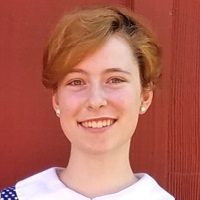














![[November 12, 1965] Doldrumming (December 1965 <i>Amazing</i>)](https://galacticjourney.org/wp-content/uploads/2020/10/amz-1265-cover-481x372.png)







![[November 10, 1965] Strangers in Strange Lands (December 1965 <i>Galaxy</i>)](https://galacticjourney.org/wp-content/uploads/2020/11/651110cover-672x372.jpg)








![[November 8, 1965] You Must Be Mythtaken (<i>Doctor Who</i>: The Myth Makers)](https://galacticjourney.org/wp-content/uploads/2020/11/651108horseofdestruction-672x372.jpg)


![[November 6, 1965] Turns, Turns, Turns (Avalon Hill's <i>Midway</i> and <i>Battle of the Bulge</i>)](https://galacticjourney.org/wp-content/uploads/2020/11/2020-03-08-12.49.20-672x372.jpg)













![[November 4, 1965] The Best Bad Science Fiction Wrestling Can Offer (A Review of Two Films of <i>El Santo</i>)](https://galacticjourney.org/wp-content/uploads/2020/11/651104movie-472x372.jpg)


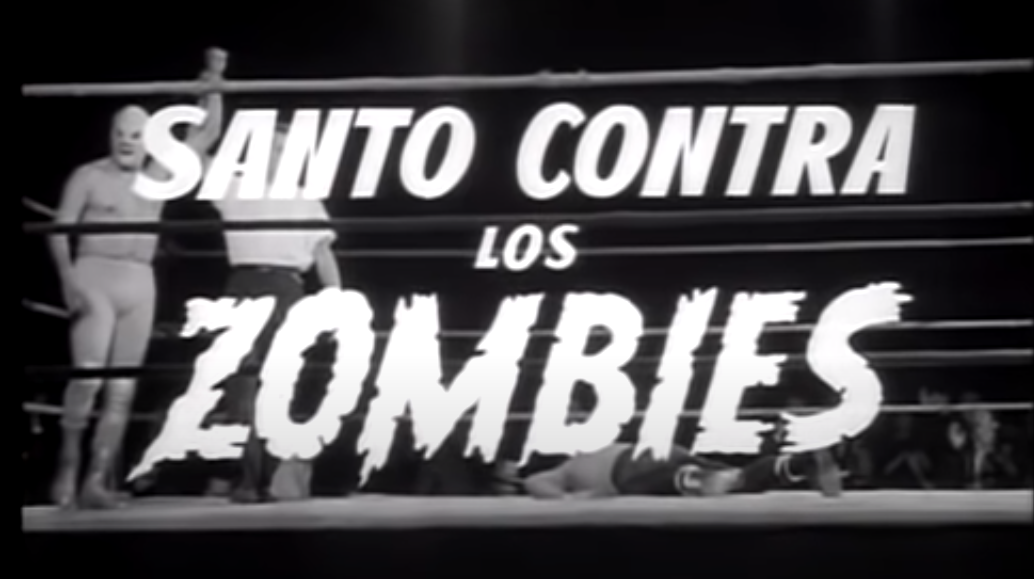



 Zombies steal children from the orphanage and light it on fire. Because they're evil.
Zombies steal children from the orphanage and light it on fire. Because they're evil.
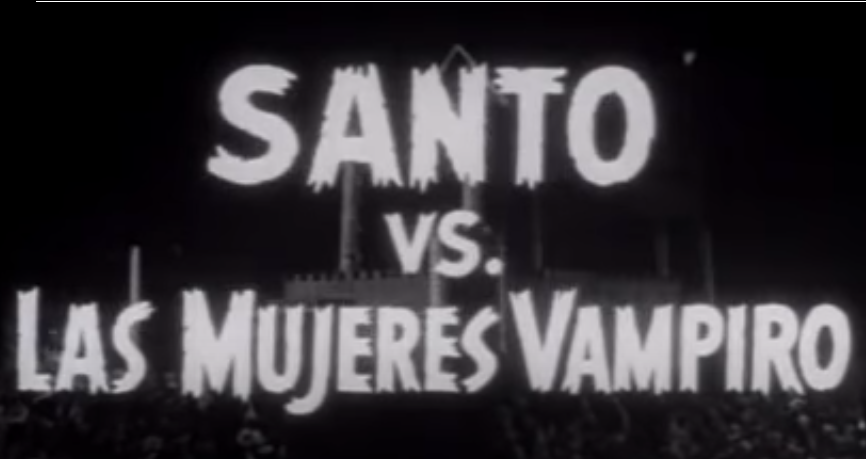
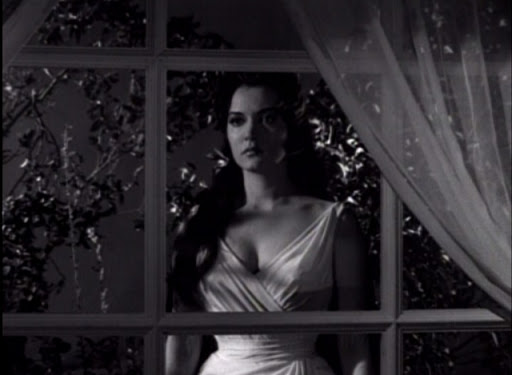

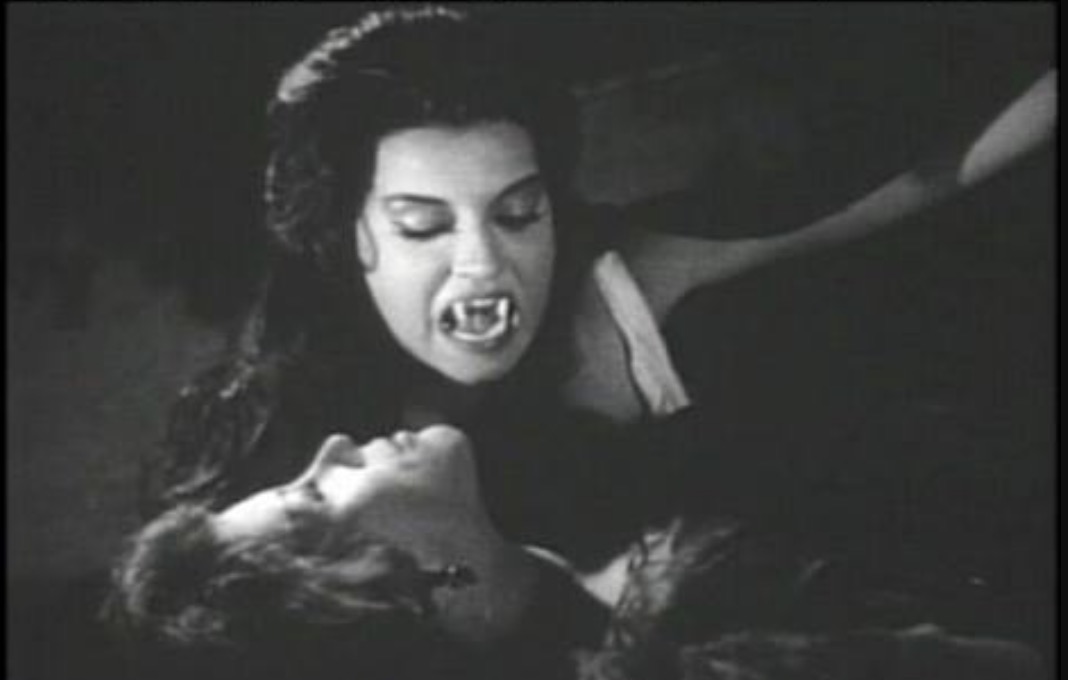




![[November 2, 1965] Revolution! (December 1965 <i>IF</i>)](https://galacticjourney.org/wp-content/uploads/2020/10/IF-1965-12-Cover-652x372.jpg)


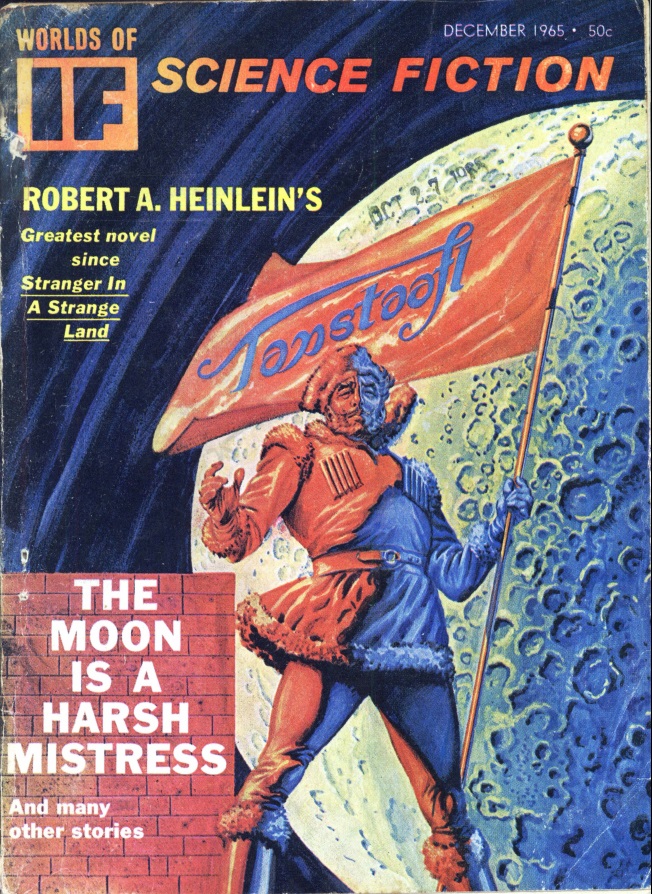
![[October 31, 1965] Finished and Unfinished Business (November 1965 <i>Analog</i>)](https://galacticjourney.org/wp-content/uploads/2020/10/651031cover-672x372.jpg)



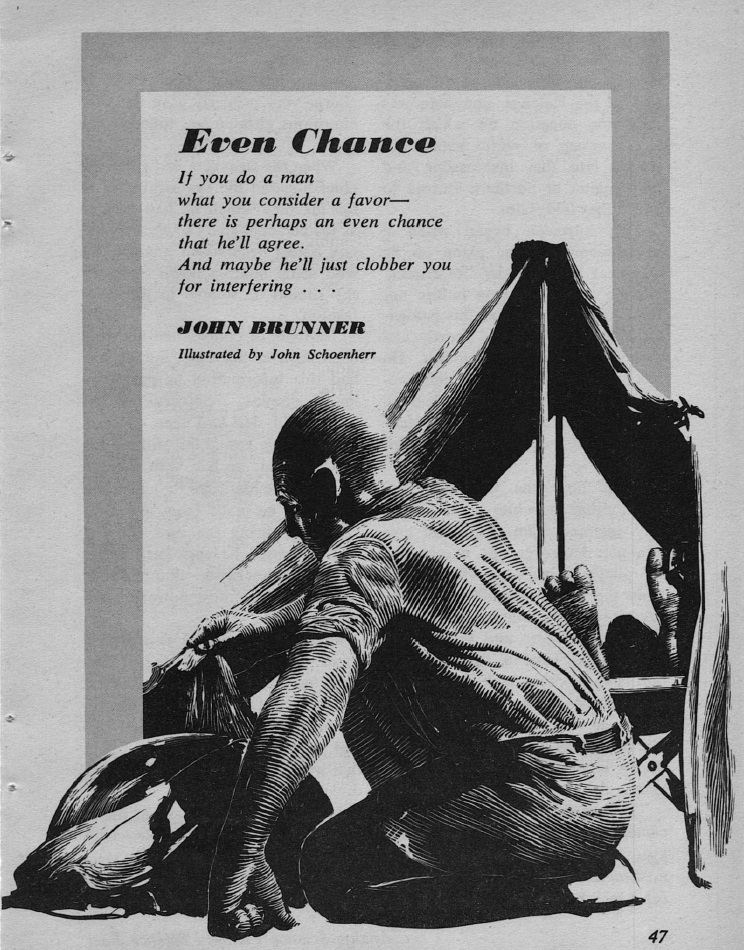
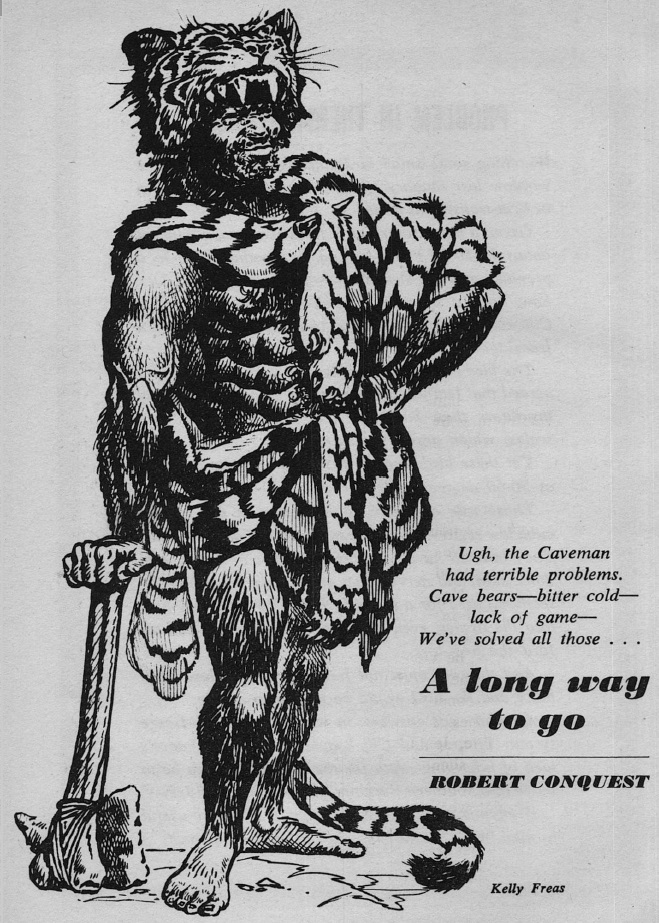

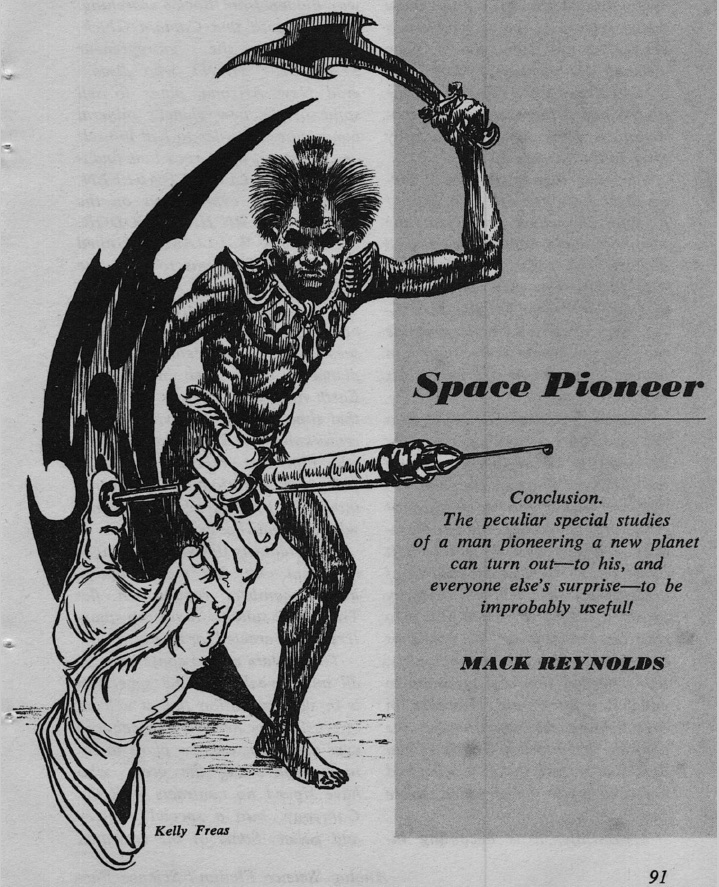

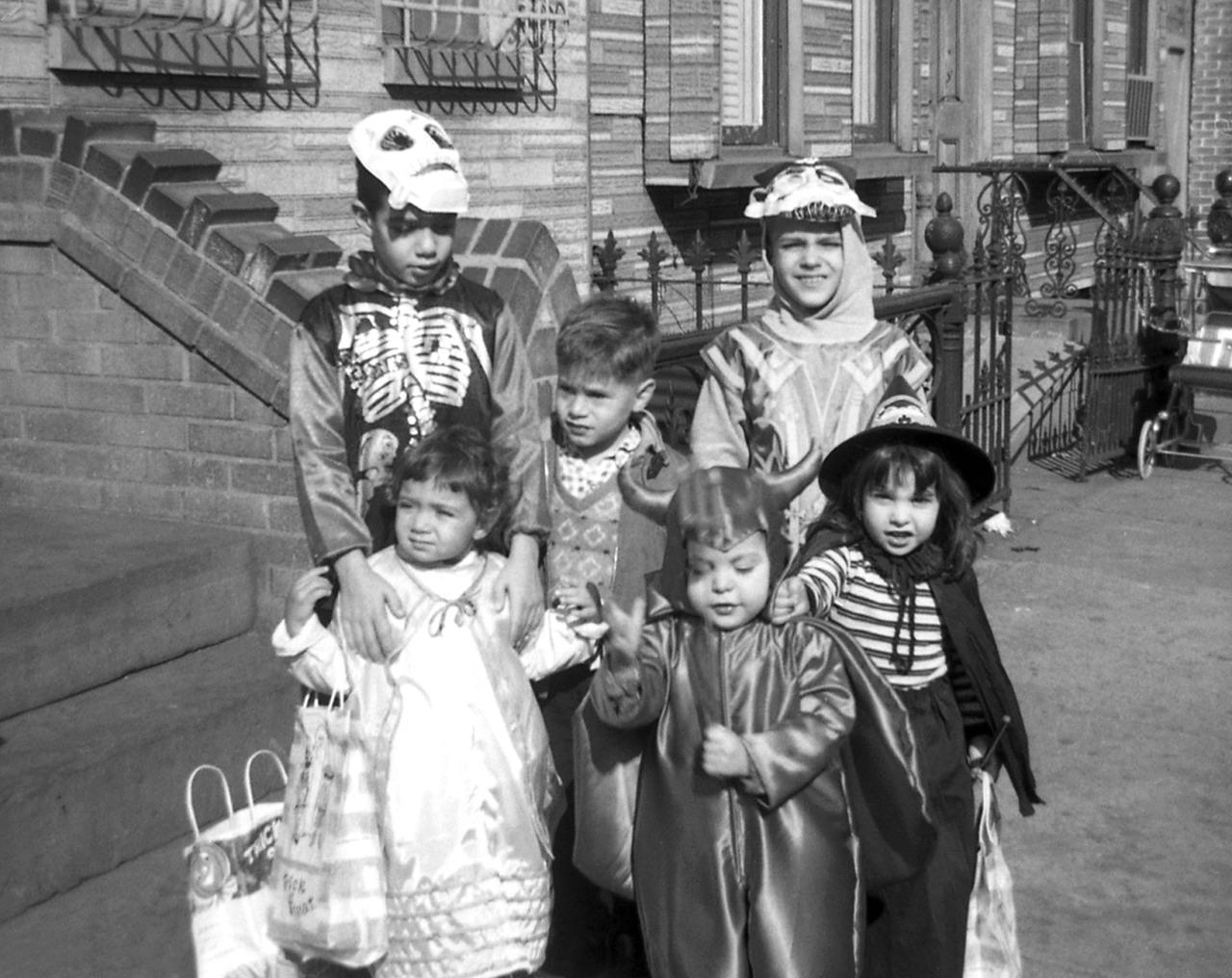
![[October 29, 1965] Oater, West German style (The movie, <i>Winnetou Part 3</i>)](https://galacticjourney.org/wp-content/uploads/2020/10/5a1441daf614126548c35936c9c5d183-493x372.jpg)


